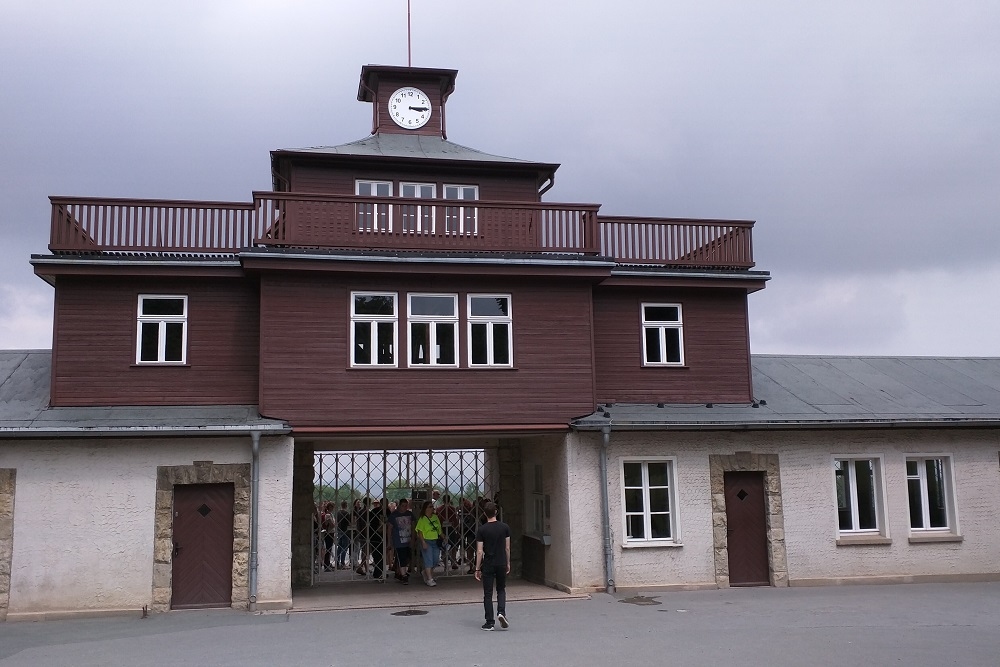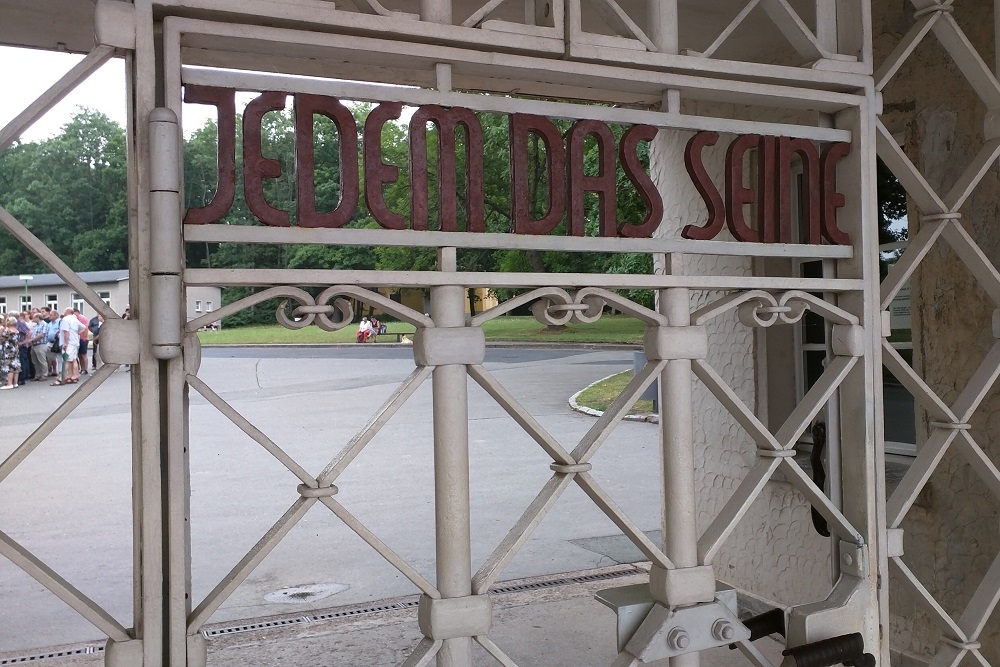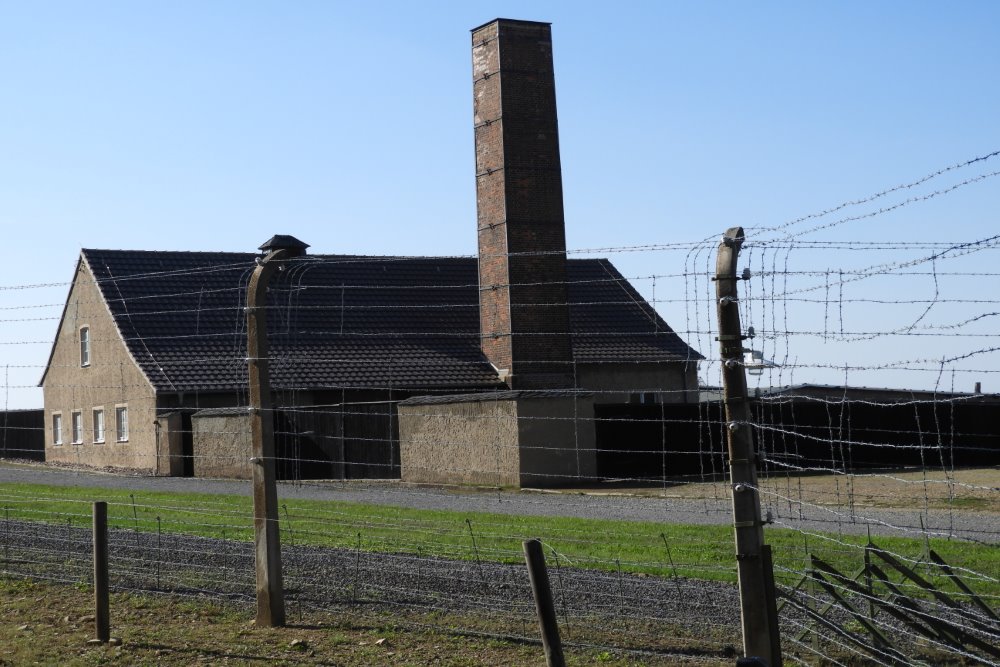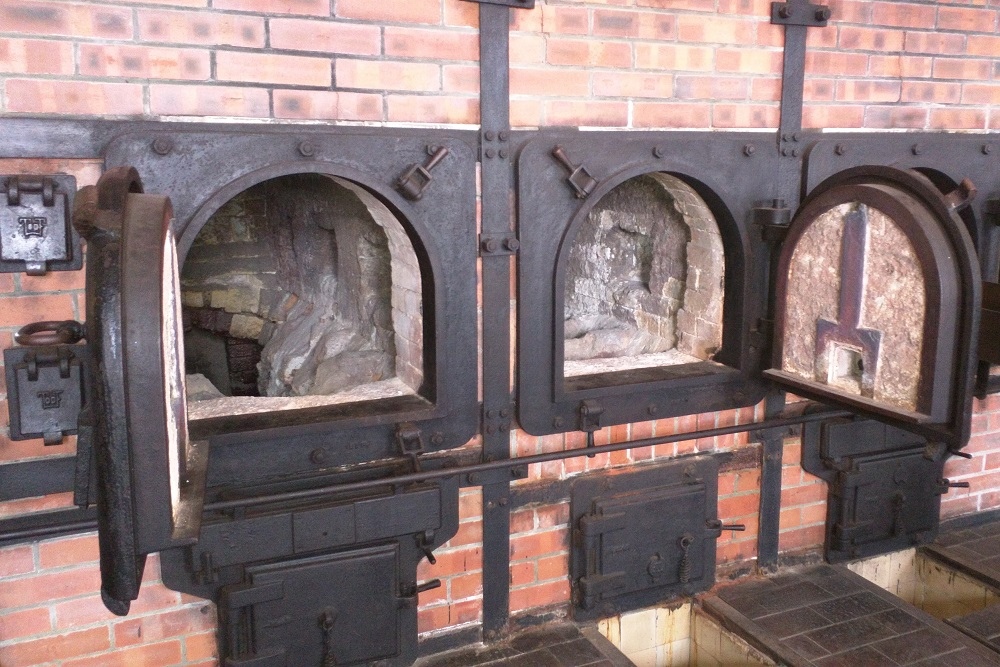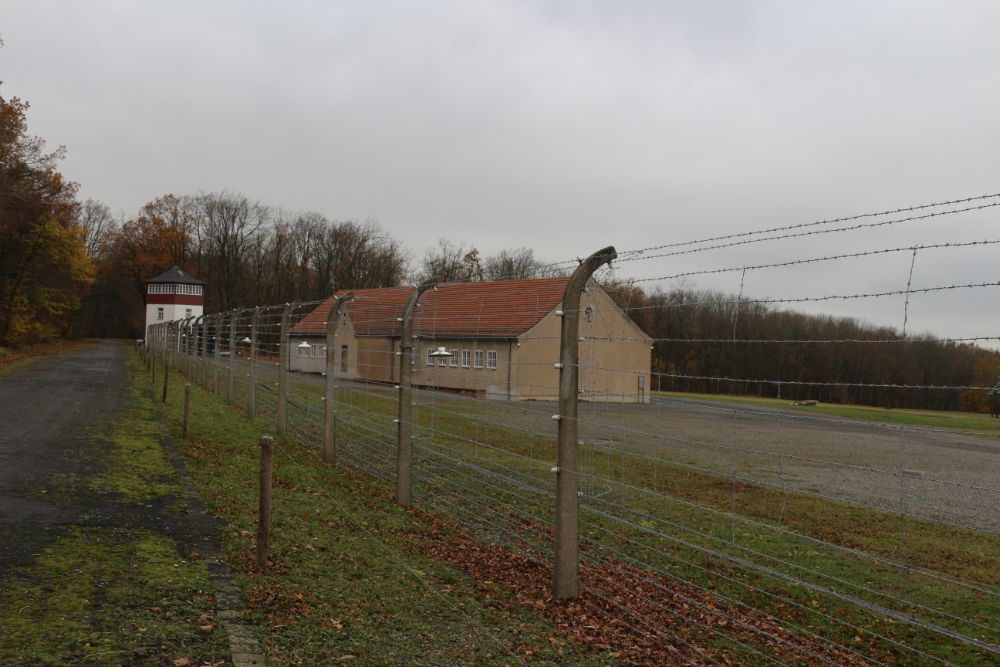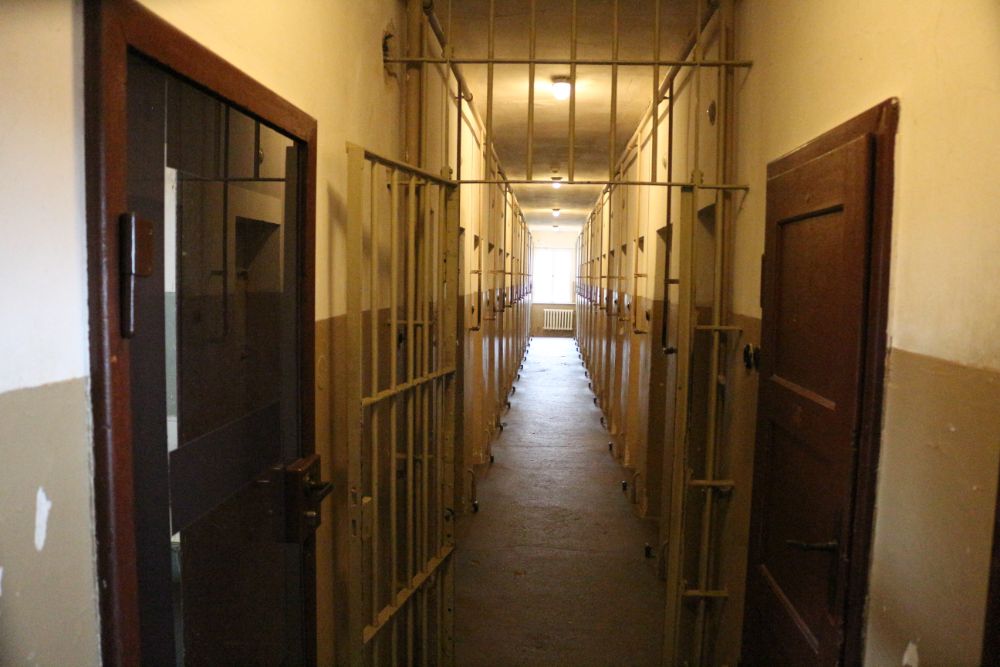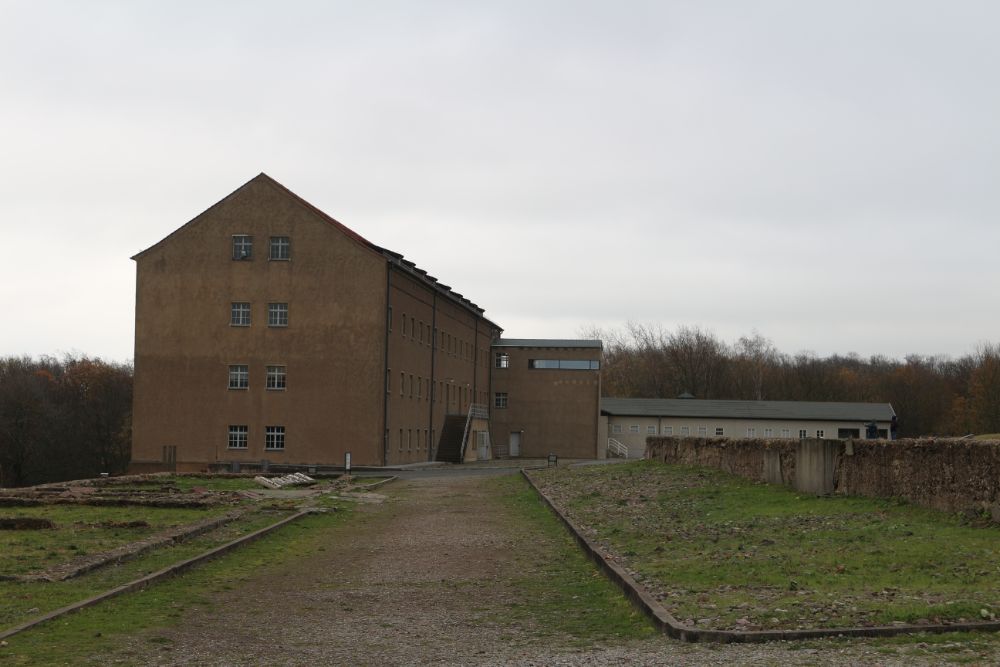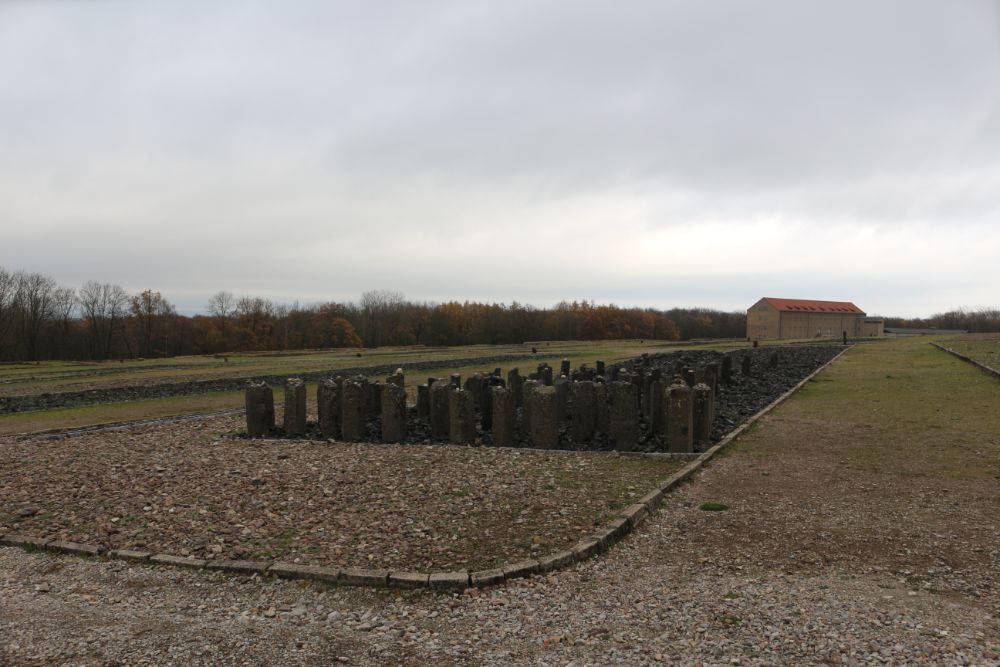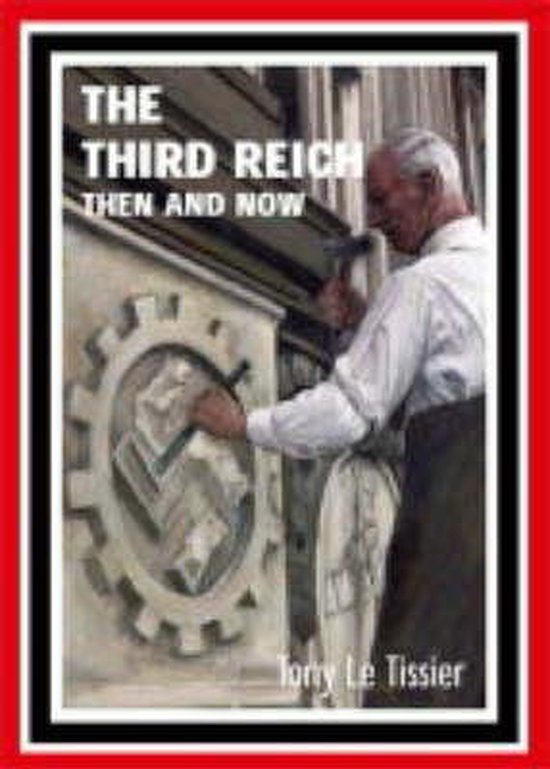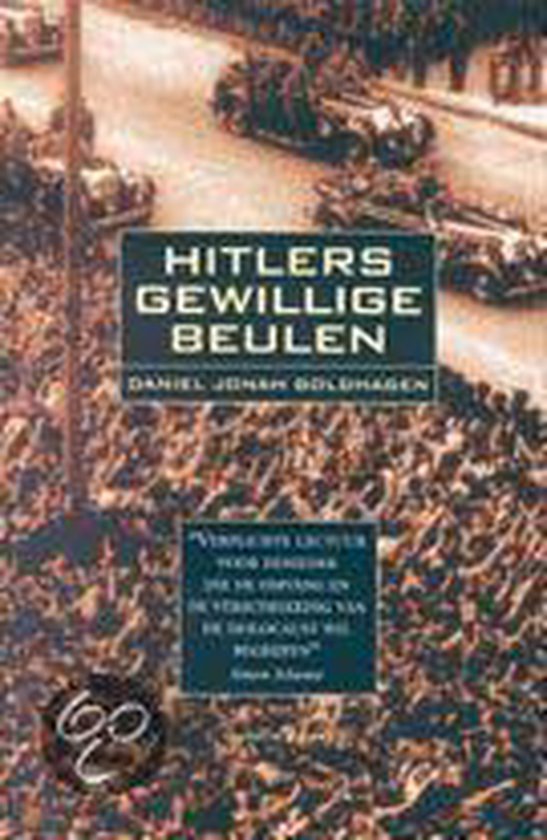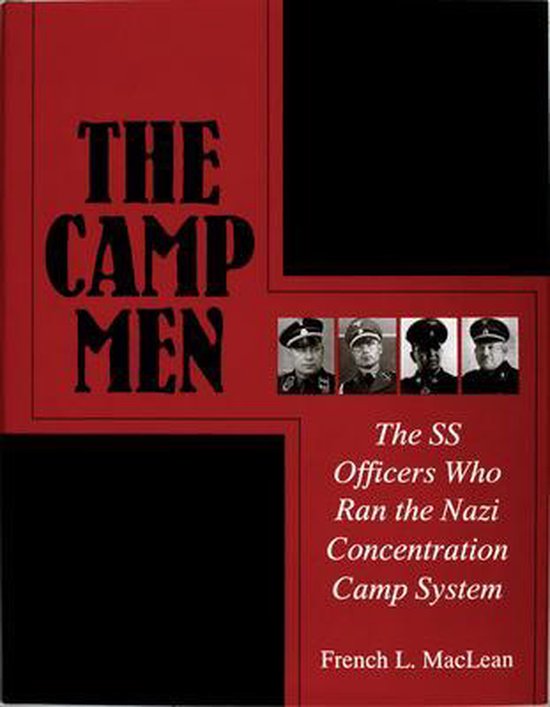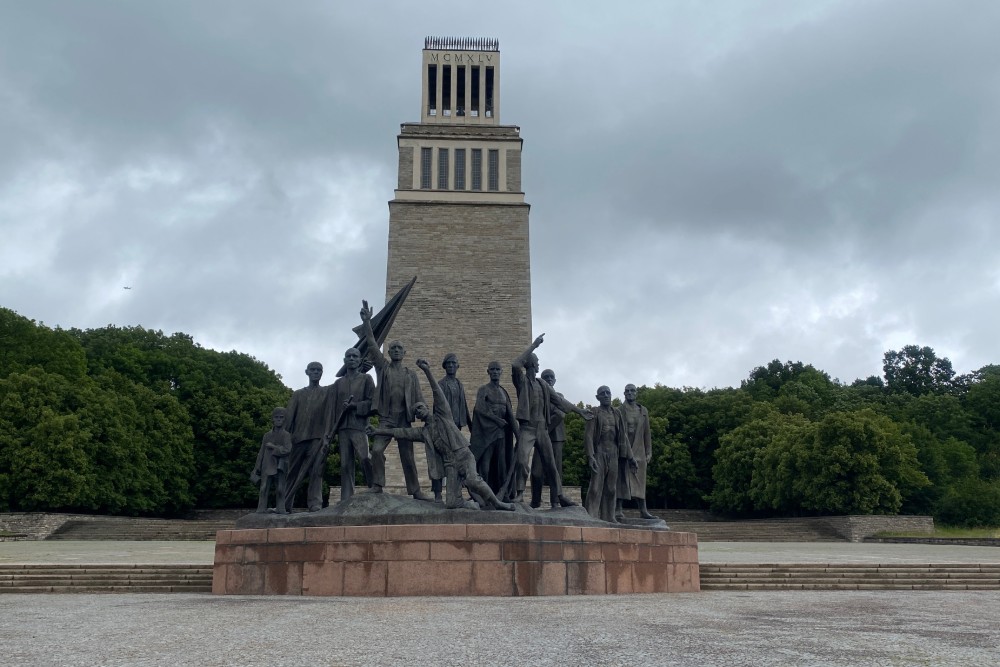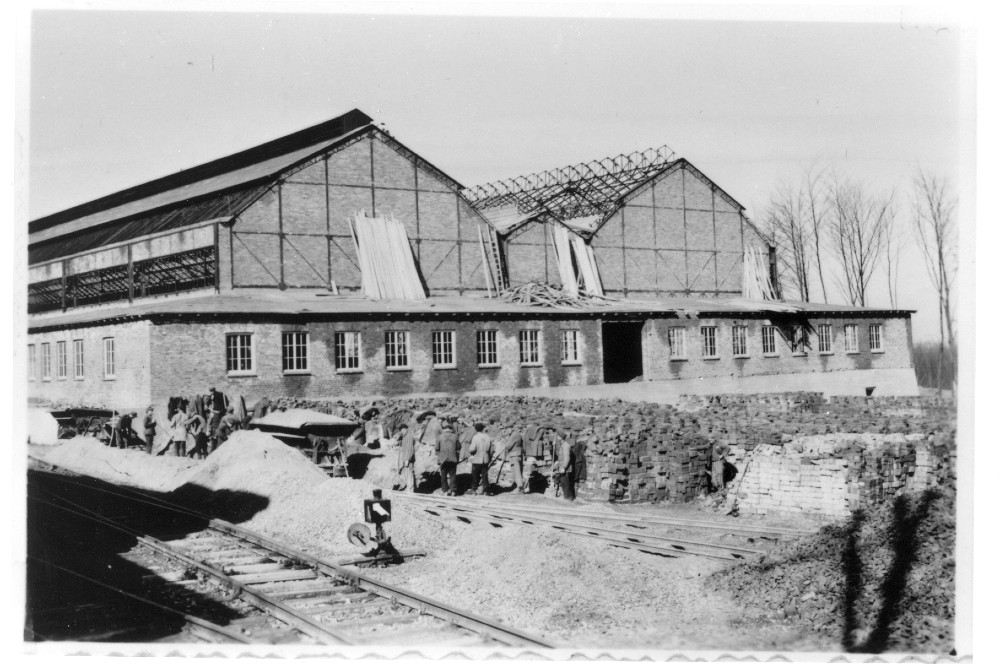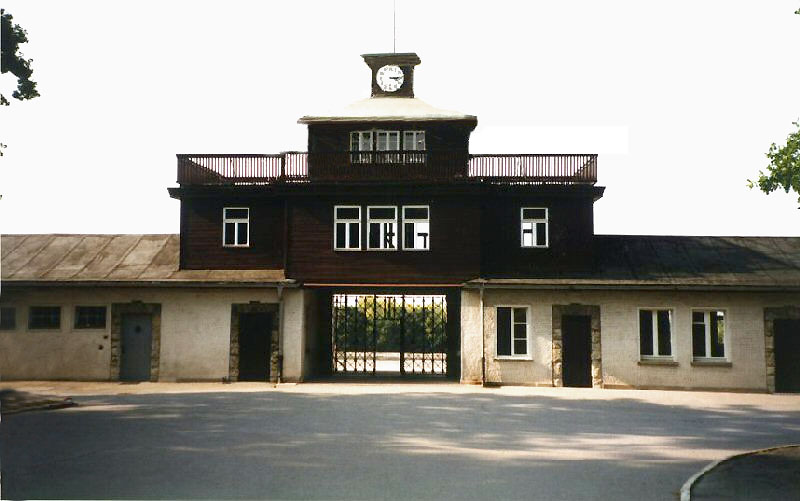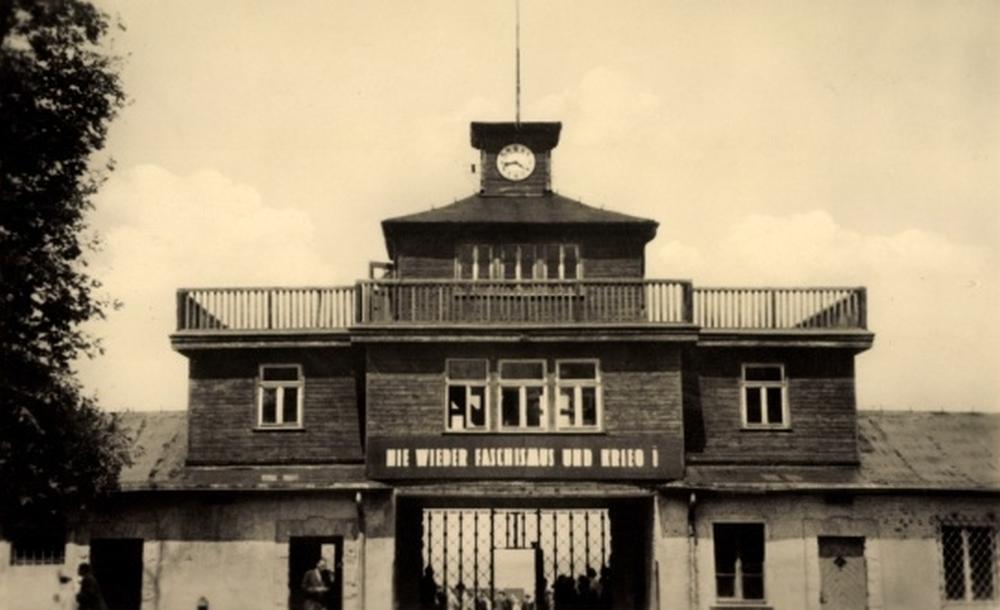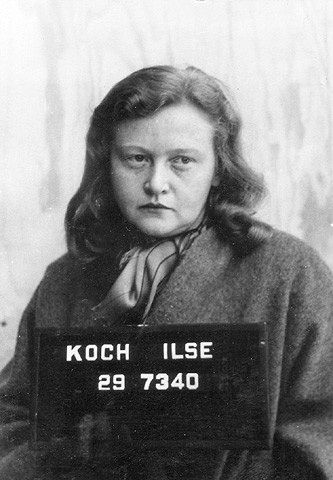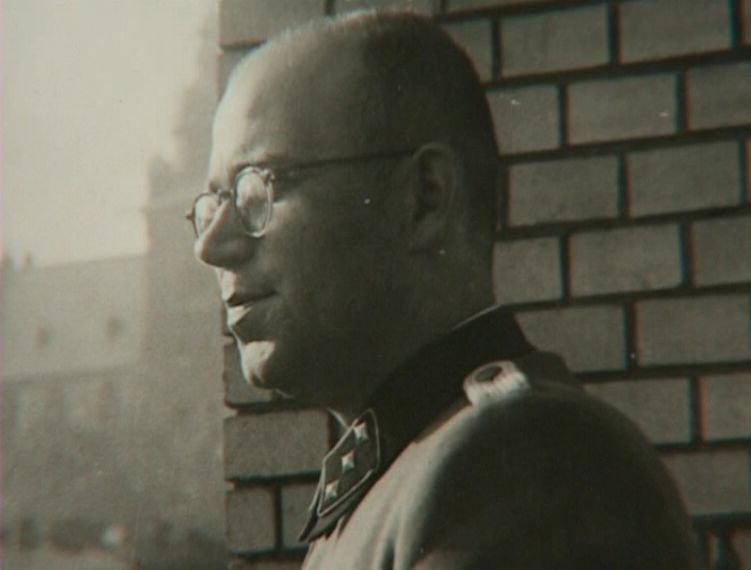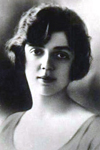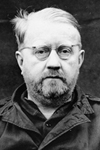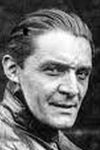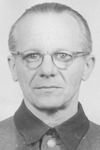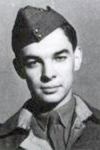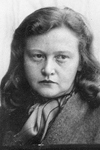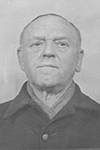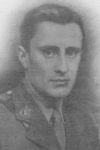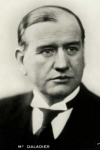Concentration Camp Buchenwald
A visit to Buchenwald starts in Weimar. This lovely city is an inseparable part of the horrible story of the Concentration Camp (KZ). Here the prisoners arrived, just until March 1943. After that time Buchenwald had its own train station. Until 1940 the KZ victims were transported to the city’s crematorium because the Camp did not have one of its own. Many many other factors remind you of the national socialism: the Marstall (the seat of the Gestapo), a garden fence in the Bauhausstrasse which has been made out of fence posts of the KZ, the city hall from where Hitler has addressed the residents, etc.
From Weimar the Ettersburg Strasse leads towards Buchenwald. About two kilometers outside the city limits the Blutstrasse (Bloodstreet) commences, which has been constructed by prisoners. The road is partly still in its original state. About three kilometers further on you will find the Mahnmal (Memorial) with an enormous bell tower, the Street of the Nations (with all nationalities listed that have died in the Camp) and the cluster of statues representing the resistance in Buchenwald. This Mahnmal can be seen from far and beyond and serves as a warning against a repetition of what has been happening here. On the densely overgrown terrain nearby formerly the SS-garages were build as well as the Gustloff II arms factory. Thereafter you pass the former railway station of Buchenwald, the place where, from March 1943, thousands and thousands of prisoners arrived.
The stretch of road between the station and the entrance gate was and still is, called the Carachoweg. Here the camp guards were housed. Still remaining are the refueling station, garages and some parts of the headquarters. The parking lot and the bus stop have been established on the former SS exercise place. A part of the former barracks is now being used as a cafeteria and an information centre.
The Concentration Camp itself has been demolished for the best part in spite of serious objections of the former prisoners. The Camp entrance gate with the block house has been preserved, together with some of the watch towers. The crematorium is still there. The former clothing storages nowadays contain an impressive permanent exhibition. All aspects of KZ Buchenwald are being detailed in clear explanatory wording. Many a lugubrious item can be inspected such as the lamp shade made out of a human skin. A similarly well built up exhibition of the Soviet Intern Camp has been established.
All this is certainly worth your visit. Entry is free of charge.
For current visiting hours, please visit the website of the museum.
Do you have more information about this location? Inform us!
Source
- Text: Gerd van der Auwera
- Photos: Dick de Bruijne (1, 2, 4), Jan Roosen (3), Lennard Bolijn (5, 6, 7, 8)
Related books
Nearby
Museum
- Gauforum Weimar - Weimar
- Museum Forced Labour during National Socialism - Weimar
- Air-Raid Shelter Parkhöhle - Weimar
Point of interest
- German Gun Factory (DAW) Concentration Camp Buchenwald - Weimar
- Zoological Garden of the SS Concentration Camp Buchenwald - Weimar
- Train Station Buchenwald - Weimar
Monument
- Memorials Secret Agents Buchenwald - Weimar
- Memorial Female Victims Buchenwald - Weimar
- Little Camp Buchenwald - Weimar
Cemetery
- Camp Cemetery NKVD Camp No. 2 - Weimar
- Mass Graves National Memorial Site Concentration Camp Buchenwald - Weimar
- Ring Graves National Memorial Site Concentration Camp Buchenwald - Weimar
